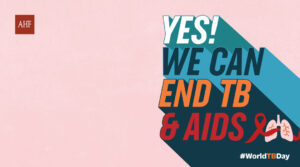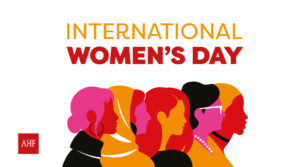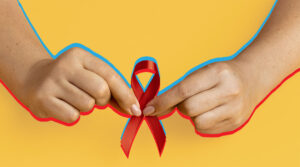Last September, Peru was the country with the highest rate in the world in terms of Monkeypox infections, also known as Monkeypox. This was due to the fact that more than 2,300 confirmed cases were registered, according to the count of the organization Our World in Data, led by researchers from the University of Oxford.
However, or perhaps for this reason, it is currently one of the countries that is giving a direct and focused response to this virus, which is affecting gay men and other men who have sex with men (MSM) in particular.
According to a report published by the Joint United Nations Program on HIV/AIDS (UNAIDS), Peru is combining efforts between health authorities and civil society organizations that work with the aforementioned key populations.
The rise of the stigma
As in other countries, it was the centers that treat HIV that began to have a larger and timelier registry of Monkeypox cases. Unfortunately, while this allowed accurate detection within the most affected groups, it also contributed to increasing stigma and discrimination against these people.
At the beginning of the outbreak, the data created a biased sample, Andrea Boccardi, director of the UNAIDS office for Peru, Bolivia, Ecuador and Colombia, told UNAIDS. The tests showed that people living with HIV and some key populations, such as gay men and MSM, accounted for the majority of cases.
“But the truth is that these are the people who usually go to HIV-related services for consultations, regular check-ups and to receive their HIV treatment,” Boccardi said.
HIV learnings
Based on what has been learned from the 40-year HIV pandemic, hard data must be accompanied by adequate information, which must be shared with the public and affected groups in a way that does not increase stigma. .
“An inclusive approach and the correct use of language are key to engaging with communities so that, rather than being pushed aside, they become an integral part of the response,” says UNAIDS.
This is why the UN program supported the government of Peru to establish a strategy that included meetings between health officials and civil society activists. The Ministry of Health proposed the campaign messages and these were submitted for review by community leaders. In addition, these people also received training to act as spokespersons in interviews with the media.
In addition to this, information and diagnosis days were held in places where populations at risk meet, such as saunas and hotels, and mayors were convinced to keep these types of establishments open and use them as critical centers for dissemination information about Monkeypox. In this way, people could go to a place they trust and receive existing health services.
Communities at the center of the response
Telecommunications companies and social networks, such as Grindr, also joined the effort, and with their collaboration it was possible to broadcast around 40 million messages focused on the prevention and treatment of Monkeypox.
As part of the care, some spaces that previously dealt with COVID-19 were used so that people who had no place to quarantine (including migrants and refugees) could spend their 21-day isolation period there.
Finally, the Peruvian Ministry of Health is buying vaccines through the Strategic Fund of the Pan American Health Organization (PAHO). However, the total number of vaccines available for the entire region is 100,000, so the number of vaccines per country will not be more than 5,000. This requires prioritizing the populations that will receive the vaccine.
At AHF Latin America and the Caribbean, we believe that it is urgent that the rest of the Latin American countries undertake forceful and community-focused actions in order to stop the Monkeypox epidemic, before it reaches greater dimensions. If you want to know the HIV services we offer, come to our offices in your country.






